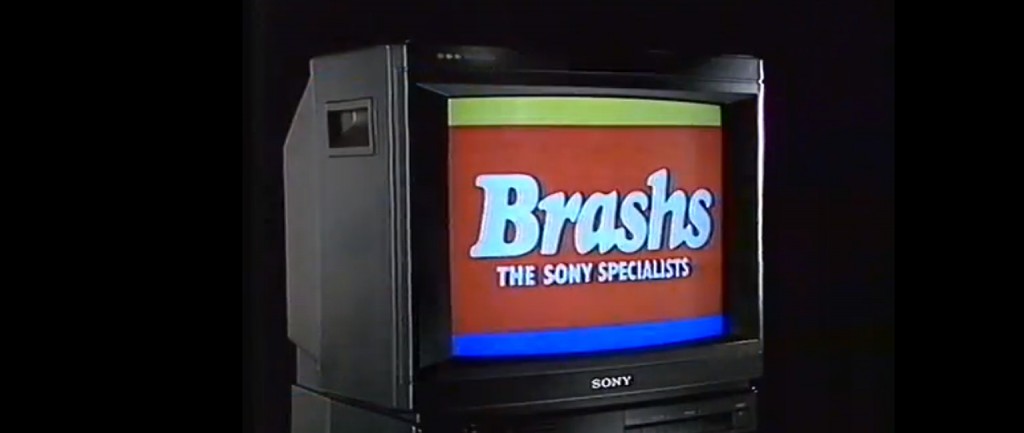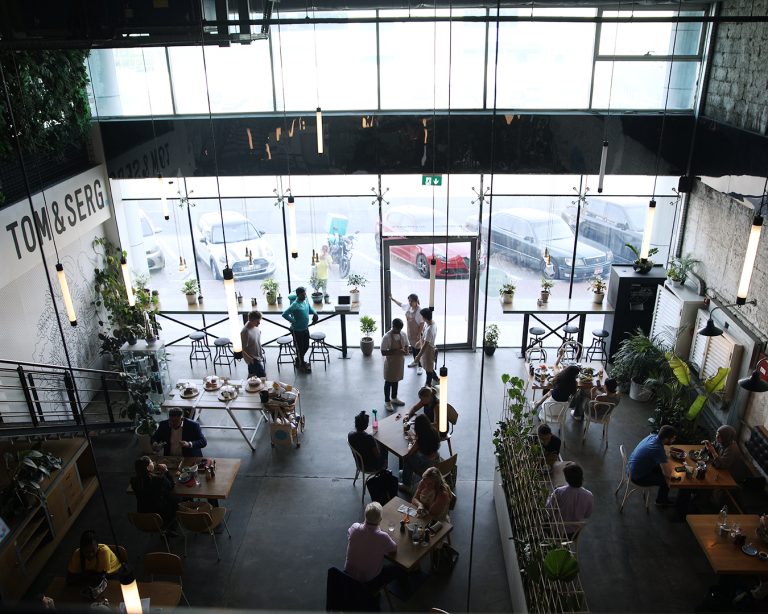What ever happened to these iconic Aussie stores?

Electronic goods chain Dick Smith is tumbling into administration, but it’s not the first famous retailer to meet a sad end.
Some of Australia’s most well-known stores once occupied the cream of our commercial buildings before falling off the radar and being replaced by the current crop of retail giants.
We take a look at the once-mighty stores you might have forgotten.
Brashs
Long before shops like Sanity and JB Hi-Fi became the go-to destinations for recorded music, Brashs was the pick of Australia’s CD outlets.
The business began with a single store on Melbourne’s Elizabeth St in 1862 and grew to become the largest music retailer in New South Wales, with a fleet of stores that included prime space at 244 Pitt St in Sydney’s CBD, which is now the site of the ANZ tower.
Sale of the Century host Tony Barber became the Brashs’ advertising face during the 1980s and ‘90s, but the company fell into receivership in 1998, forcing the closure of all 105 stores.
Tuckerbag
Technically, Tuckerbag supermarkets live on today, but in FoodWorks guise after being swallowed up by the larger chain in 1999.

Tuckerbag was an Australian retail staple in the 1980s and ’90s.
What didn’t survive was the brand’s name or the face of the franchise – the paper shopping bag puppet that blurted out specials on Australian TV ads for more than 20 years.
Clint’s Crazy Bargains
You couldn’t go near an Australian retail strip in the 1990s without walking past a Clint’s Crazy Bargains outlet.
And you couldn’t go near a TV without hearing the variety store’s nauseatingly memorable advertising catch-cry, “It’s craaaaazy”.
The variety chain grew from three stores to well over 100 between 1986 and 2000, before being sold to New Zealand company The Warehouse for $103 million.
But after rebranding the stores as Yellow Sheds the business took a dive and was eventually forced to sell off its assets.
Daimaru
If you thought the local launches of overseas retailers like H&M in recent years were big, cast your mind back to 1991, when Japanase department store Daimaru became the anchor tenant at the new Melbourne Central Shopping Centre.
Daimaru opened amid much fanfare, and the store’s original contract would have expired this year – 25 years after it opened – if not for the financial struggles that forced the company to abandon the lease in 2002.
And who could forget the store’s bizarre farewell advertisement?
Melbourne Central’s Japanese owner Kumagai Gum sold most of the retail precinct to Australia’s GPT Group for $408 million in 1999.
McEwans
It’s hard to imagine life without Bunnings and Masters, but Australia’s home hardware scene wasn’t always dominated by superstores.
McEwans was one of the biggest names in Australian hardware retailing for most of its 140 years from 1852 to 1993, when Bunnings snapped up the last of its stores, keeping only the best-performing sites and rebranding them under its own label.







